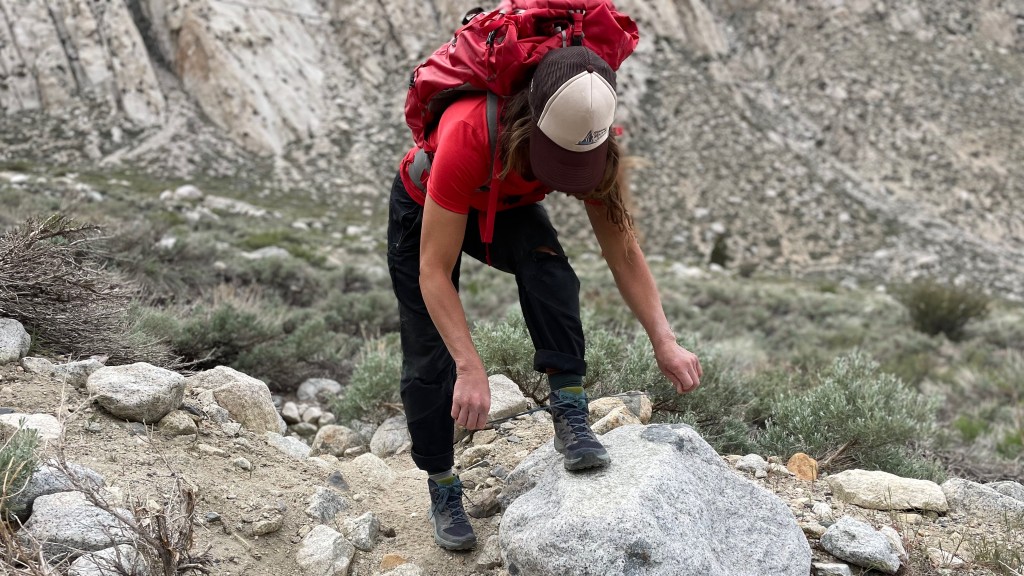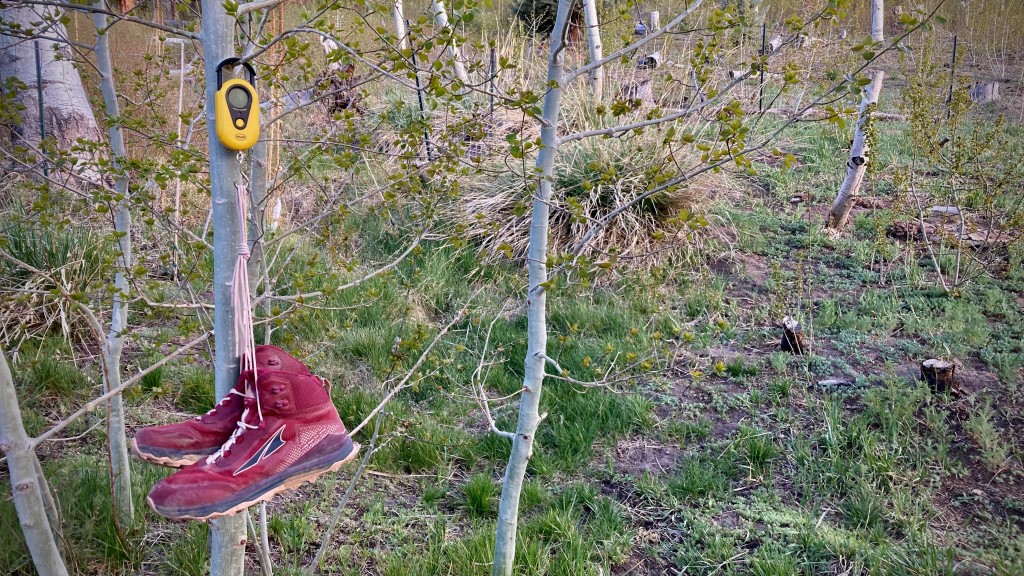The majority of our testing occurs on the hiking trail. This is truly a hands-on review. The only way to honestly assess the performance of a hiking boot is by putting in the time on the trails. To help discover the best model for every hiker, we do the dirty work of breaking in all of these boots and putting them to work. From days spent stream hopping and meandering through alpine meadows in the Sierra high country to bushwhacking through seldom-visited canyons in New Mexico, we challenge these boots with a wide range of conditions. We wore these boots while building trails in Yosemite National Park and working on our friends' farms. These situations provided a great opportunity to test the boots' durability, comfort, and breathability. Working on Yosemite Search and Rescue demanded that these boots be capable of traveling off-trail through rugged terrain.
Comfort
We assessed the comfort of each boot by breaking them in slowly, noting any initial hot spots or pains. We made sure to note which boots broke in quickly as well as which boots featured a stiff and rigid design that required more break-in time. We ensured each boot went through long days on the trail and spent hours on our feet building trails or cooking at events. Our testers understand that spending a full day in a pair of shoes is the best way to assess their performance in terms of comfort. Finally, we recommend which shoes are best for a wide or narrow foot shape.
Support
This metric was tested similarly to comfort, which means lots of time spent hiking our local trails. We assessed each boot's stiffness and torsional rigidity by twisting the boots laterally to determine which ones allowed a full range of motion. Stiffer boots will hardly bend at all, while boots with less supportive midsoles will twist significantly. We also factored in forefoot flex by gauging how much each boot flexed on the ball of the foot. Boots with less support underfoot did not perform as well as those with a stable, supportive midsole. Ankle shaft height and the ability to secure the cuff around the ankle and lower leg are also factored into the scores of this metric.
Traction
We test traction on granite talus fields, ancient sea beds turned into layered sandstone, endless scree fields, and polished granite on popular Yosemite hiking trails. We also found that loose dirt and eroding trails can be great places to test the performance of the boots' outsoles. Finally, we factored in a standardized traction test on a rock slab for all boots in this review in order to objectively determine which boots stick and which boots slip.
Water Resistance
We purposefully walked through ankle-deep water for water resistance testing and not-so-purposefully got caught in downpours and hail storms. By wearing the boots while standing in water for over one minute, we can make sure to catch any leakages in the uppers and compare each boot's performance side by side. We also factor in breathability to this metric by wearing the boots in warm weather and noting how swampy our feet get in these kinds of conditions.
Weight
For weight comparisons, we measured the exact weight of each pair of hiking boots on our own scale. We also factored in the feel of each boot since some feel much bulkier and heavier than others despite a similar weight. We noted which heavier models offered enough features to make the extra weight worth the added performance and which boots sacrificed performance for a lower weight on the scale.
Durability
Durability can be tricky to assess in our three-month testing period, but we have some tools in our toolbox. We make sure to note any wear and tear that appears in the most vulnerable areas — the outsides of the toe box, the soles, the lacing system, and the connection between the ankle cuff and upper portion of the boots. In these locations, we have noticed the earliest signs of wear throughout our years of testing. Finally, we consider the quality of the construction and the materials the manufacturer chose to use.




